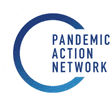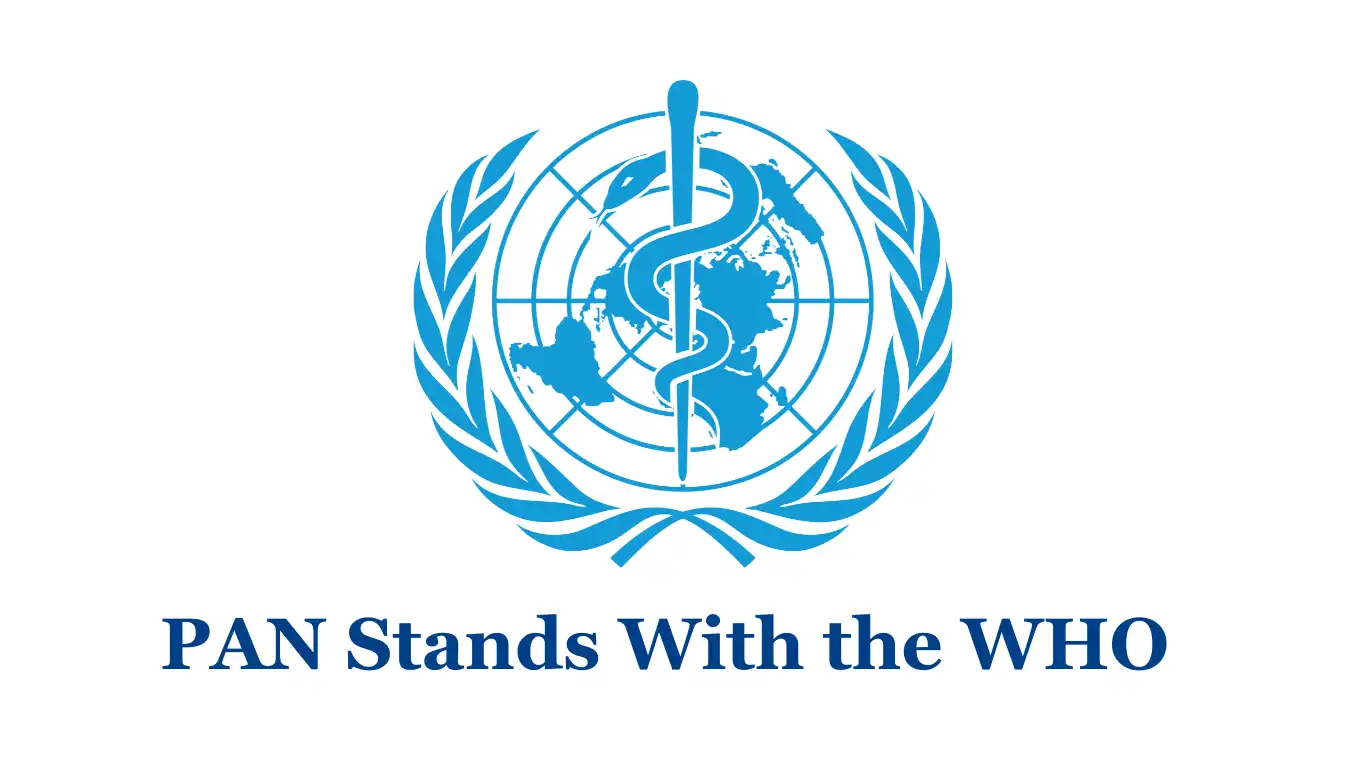There is currently no plan to get to global herd immunity, needlessly leaving the world vulnerable to case resurgence and the proliferation of variants. We are calling on leaders to agree to a Global Vaccine Roadmap to achieve global herd immunity as soon as possible (at least 70%, more if the evolving science points to the need for further coverage). This Roadmap should:
- Set out a comprehensive, coordinated strategy to get to global herd immunity as soon as possible.
- Increase and improve the global supply of all COVID tools through investment, policies, and the redistribution of excess doses.
- Fully cost the response, agree to a burden-sharing model, and begin to plug the gap by fully funding the Access to COVID-19 Tools Accelerator (ACT-A).
Most existing funds are mainly focused on procurement, yet multiple analyses show that it will take hundreds of billions of dollars on top of procurement financing to fully deliver a global response. If successful, ACT-A, for example, will provide vaccines for 27% of low- and middle-income (LMIC) populations in 2021 on current financing levels — but ACT-A finance does not cover rollout costs from “tarmac to arm” of its own vaccines. The situation in India also underscores the importance of oxygen and other tools that are needed before herd immunity is reached. We need a fully-funded, holistic response. We are therefore calling on leaders to:
Set out a comprehensive, coordinated strategy, as has been called for by the IMF, World Bank, WHO, and WTO, to get to global herd immunity as soon as possible, which:
- Gives countries the support they need so that all efforts to deliver the global response are mapped, efforts are mutually-reinforced, duplication can be avoided and critical gaps can be identified and filled.
- Delivers a comprehensive costing and analysis covering all elements of a global response to establish what is already covered and identify gaps in supply, procurement, and resources needed in-country for the delivery of vaccines, tests, and treatments.
Increase and improve the global supply of all COVID-19 tools through investment, policies and the redistribution of excess doses.
- Scale up the production of tests, treatments, and health commodities, including oxygen, and accelerate LMIC-led research and development (R&D) through fully-funded diagnostics and therapeutics pillars.
- Increase vaccine manufacturing through investments in regional capacity and back policies to increase knowledge sharing, remove trade-related barriers, and create tech transfer hubs.
- Ensure vaccines are offered at an affordable price and on a not-for-profit basis.
- Prioritize dose-sharing. G7 leaders should pledge 2 billion doses at the Leaders’ Summit, delivering 1 billion by the end of August and the second billion by the end of 2021 and as part of this delivery, ensure that 250 million additional people in low-income countries (LICs) and LMICs have actually received their doses by the end of August in parallel with national vaccine rollout plans.
Fully cost the response, agree to a burden sharing model, and begin to plug the gap by fully funding the ACT-A.
- Agree to a burden-sharing model to set out fair share contributions and fully funding ACT-A.
- Leverage funding opportunities by identifying new funding streams to protect official development assistance (ODA).
- Fully fund global vaccination to reach 70% coverage, requiring at least US$50B according to IMF estimates, with more in grants needed to enable LMICs to cover the full costs of delivery.
- Work with countries to urgently cost all delivery needs outside of ACT-A’s mandate so vaccines and other tools can be distributed and administered, including the costs of frontline and community health workers.
Three key deliverables for the G7: leadership, supply, and finance
G7 leaders must:
1. Develop a Global Roadmap to Vaccinate the World:
- Develop a comprehensive, coordinated strategy that plugs gaps and shines a light on the blind spots of current efforts, including delivery of tools to low-resource settings.
- This Global Roadmap should be kicked off at the G7 Summit and delivered with full costings and logistical, human, and financial resource needs by the end of June at the latest, when other costings will also be available to inform the roadmap.
- There are growing calls for leaders to step up and set out the plan that is designed to bring the acute phase of the pandemic to an end and vaccinate the world. As well as the proposal from the IMF, World Bank, WHO, and WTO, the Spanish Government has set out a ‘Vaccines for All’ plan, more voices in the U.S. are calling on the Biden Administration to show leadership, and in the vacuum left by the lack of a truly global response, other organizations are stepping up to offer policy prescriptions for a global plan. The report of the Independent Panel on Pandemic Preparedness and Response also recognized the lack of global coordination and political leadership during this pandemic and called for a Global Health Threats Council to be formed.
- The G7 must not delay in corralling leaders to deliver a Global Roadmap. The UK Presidency is well placed to work hand in glove with the G20 to deliver a comprehensive roadmap that plans to vaccinate at least 70% of people in the world and provides the support needed for every country to get the vaccine delivered and administered safely to 70% of each country’s population.
2. Increase the supply of vaccines available globally by:
- Prioritizing dose-sharing. The G7 should pledge 2 billion doses at the Leaders’ Summit, delivering 1 billion by the end of August and the second billion by the end of 2021 and as part of this delivery, ensure at least 250 million additional people in LICs and LMICs have actually received their doses by the end of August. Without dose-sharing, G7 countries would have enough supply to vaccinate to share over 3 billion excess doses even after vaccinating 70% of their own populations.
- Scaling global capacity to produce COVID-19 vaccines by the end of 2021 through investments in regional capacity, backing policies to increase knowledge sharing, removing trade-related barriers, and creating tech transfer hubs.
- Buying vaccine supply for COVAX and other mechanisms to help reach 70% coverage.
3. Fully finance the global response to COVID-19 by:
- Fully funding global vaccination to reach 70% coverage, requiring at least US$50B according to IMF estimates, with more in grants needed to enable LMICs to cover the full costs of delivery, on the basis of a clear burden-sharing agreement, which will:
-
- Fill the immediate ACT-A funding gap of US$19B.
- Commit in principle to fund the global roadmap to get to 70% global coverage on the basis of a clear burden-sharing agreement, finding new resources and protecting existing ODA.
- Leverage multilateral development banks (MDBs) to help finance the global roadmap.
- Ensuring the costs needed to administer vaccines — including to health systems and health workers, including frontline and community health workers — are also met, so that vaccines are not just available but also administered, as part of a fully-costed global plan to reach global herd immunity.
- Costing and then mobilizing the additional finance needed to deliver this plan to vaccinate the world, using all possible finance tools to raise the amounts necessary, including, but not limited to, SDRs, funds from MDBs, and new sources of funding, including innovative mechanisms and providing finance beyond government funding.




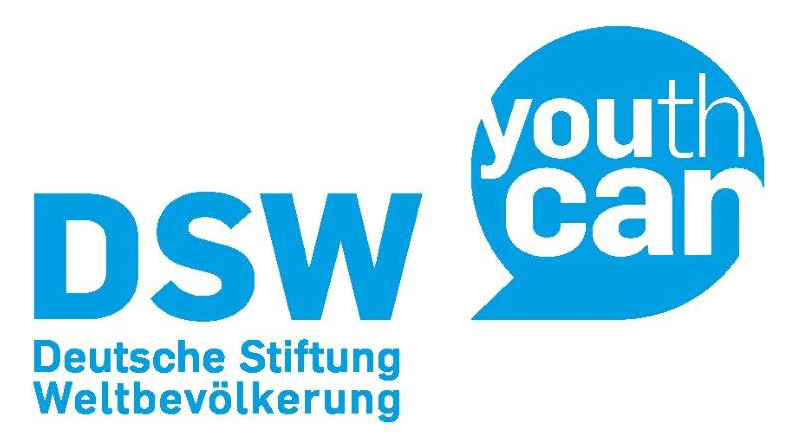
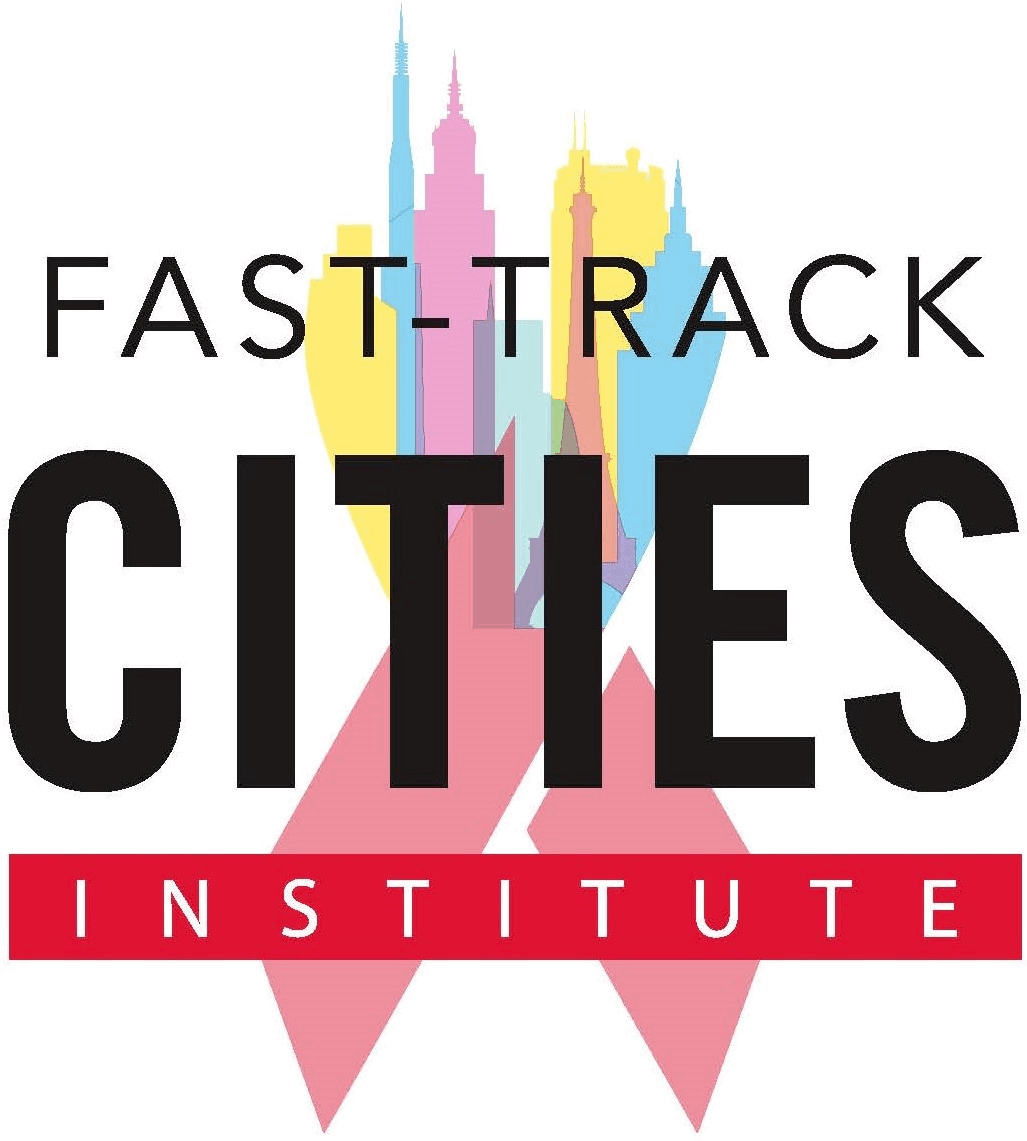


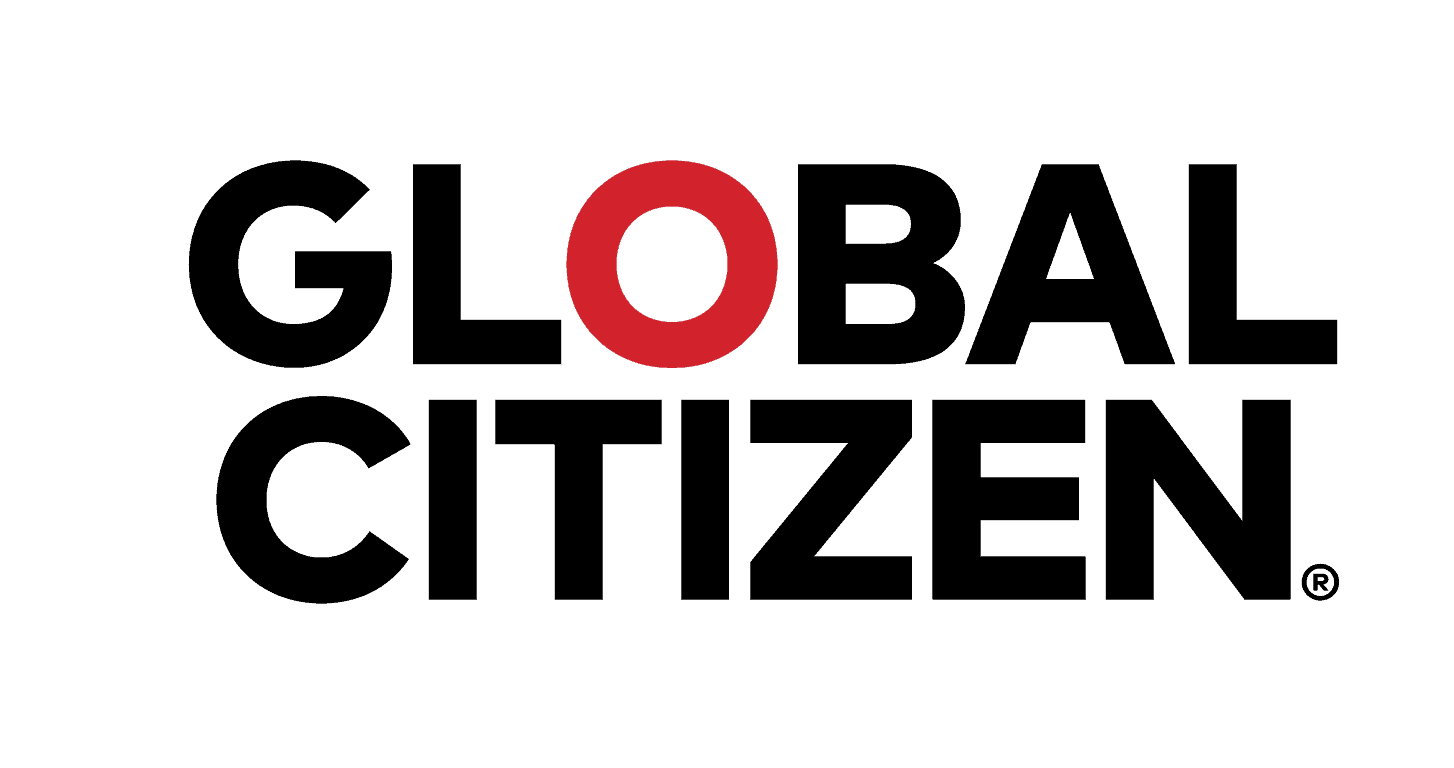
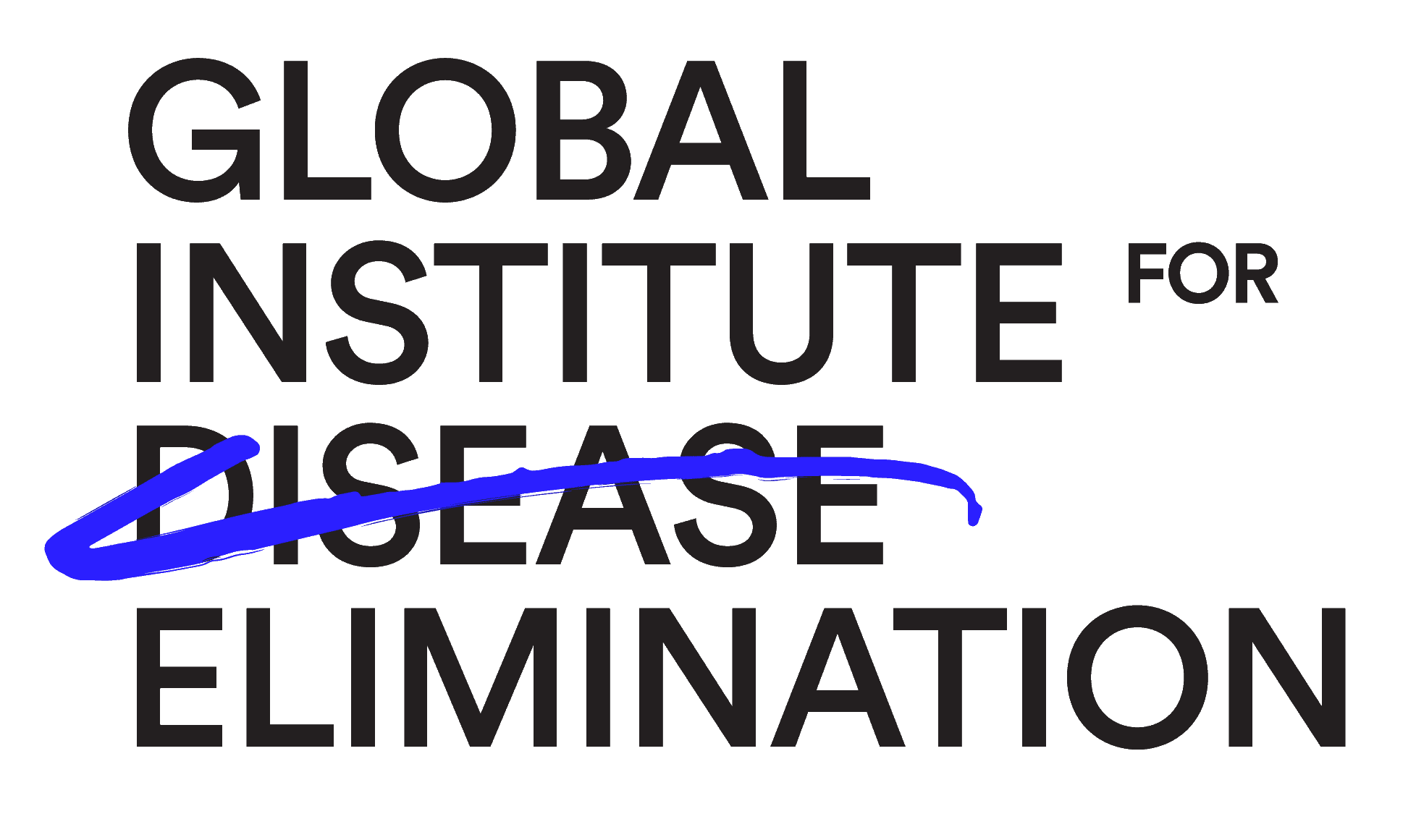


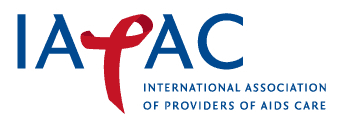
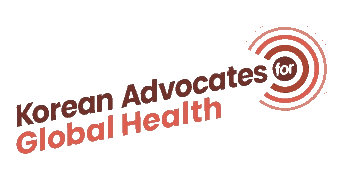

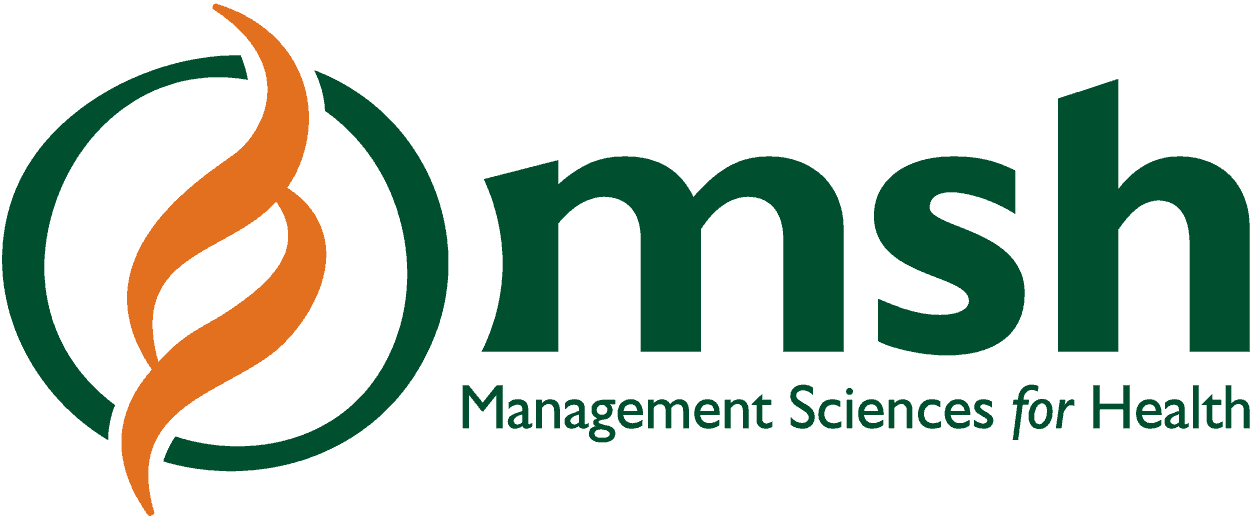

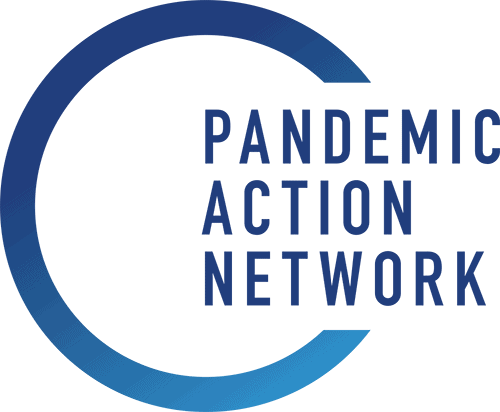
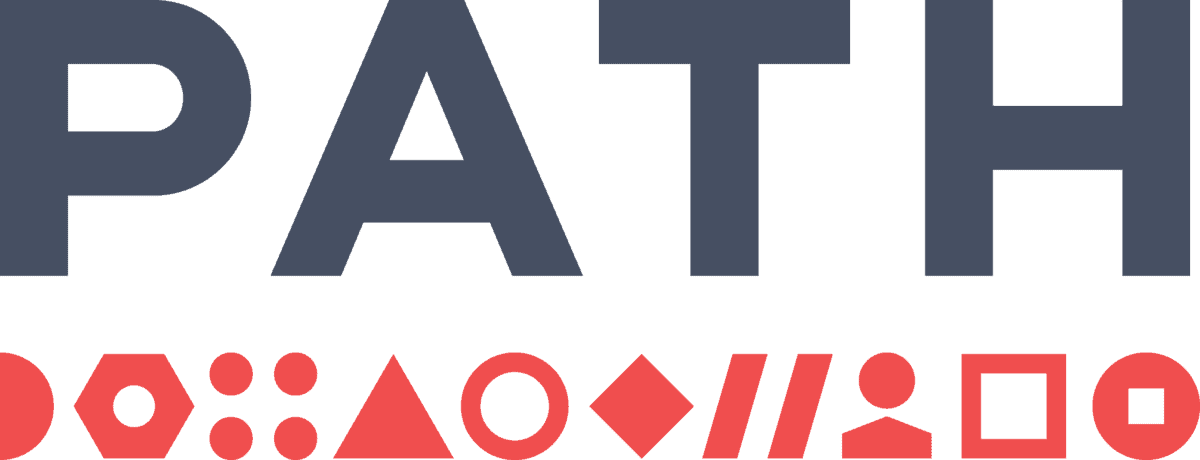
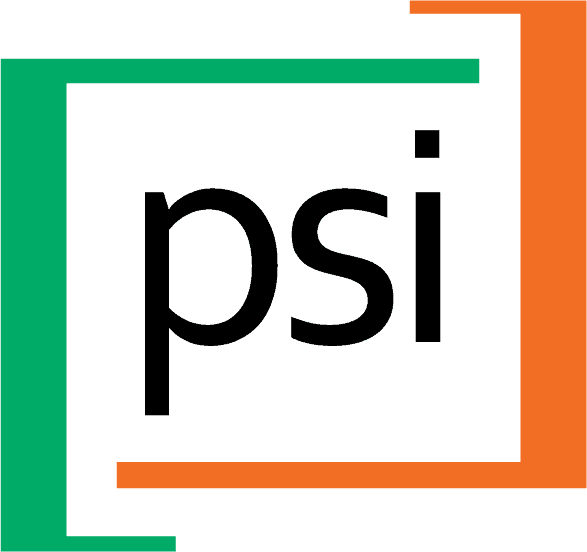
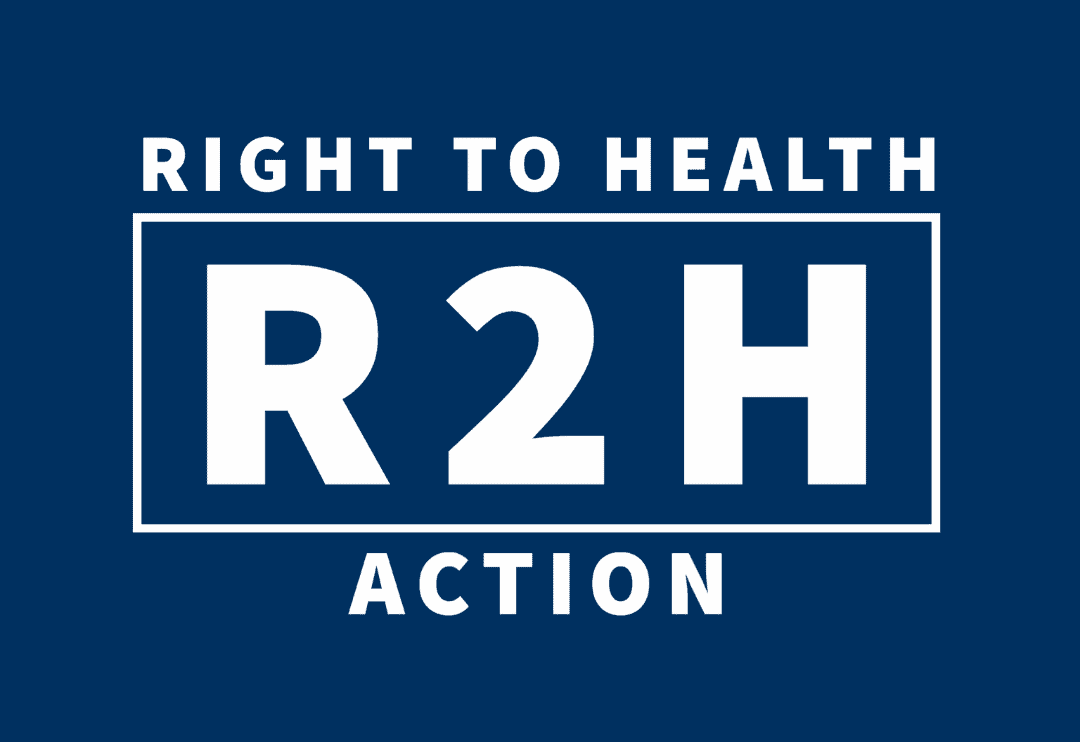

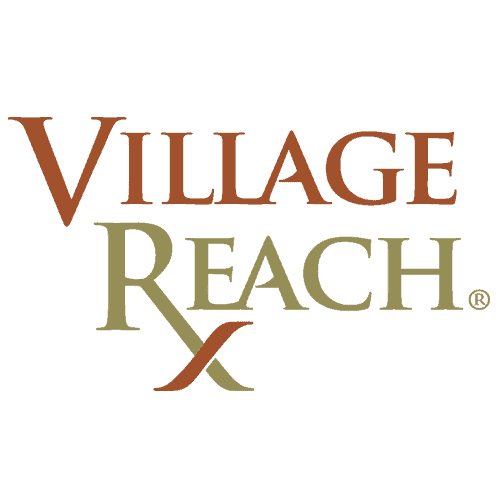

Download PDF version of this call-to-action here. Share this call-to-action with the social media toolkit here.
